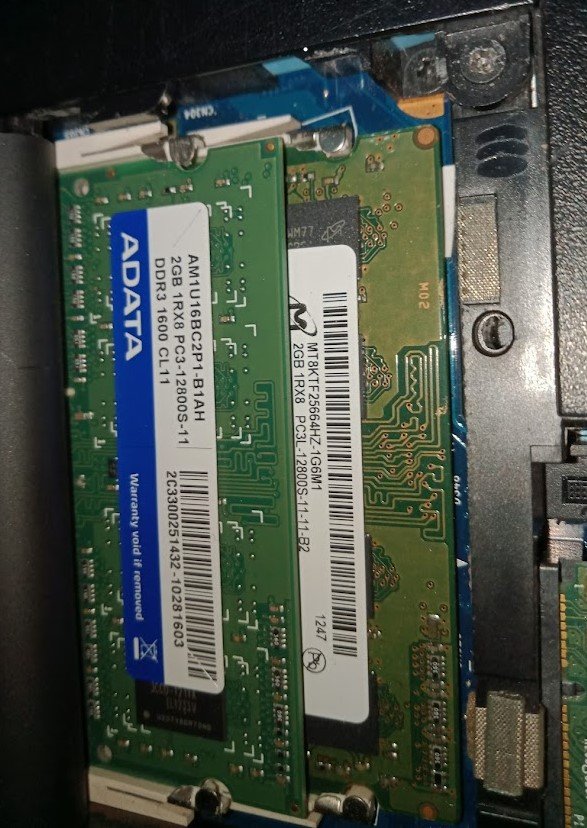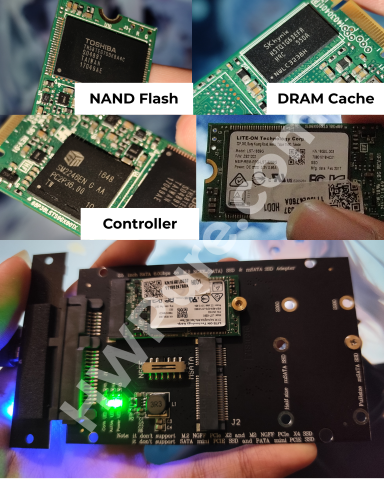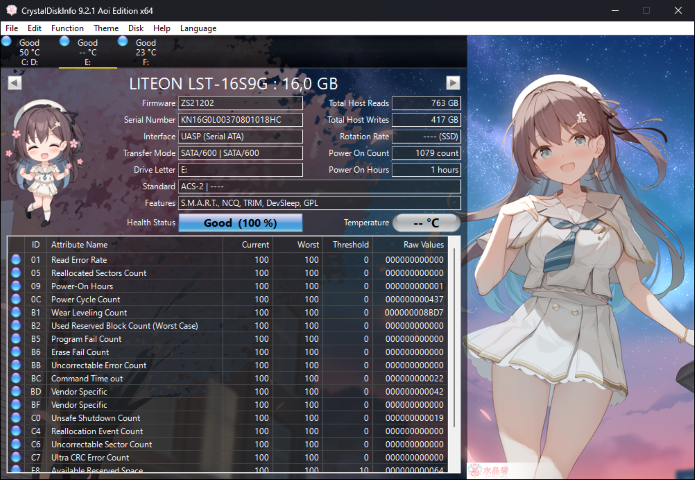Comparing: DDR3 SODIMM 1066MHz [Disk] vs LITE-ON LST-16S9G 16GB
In this comparison, we analyze two Disks: DDR3 SODIMM 1066MHz [Disk] and LITE-ON LST-16S9G 16GB, using synthetic benchmark tests to evaluate their overall performance. This side-by-side comparison helps users understand which hardware delivers better value, speed, and efficiency based on standardized testing. Whether you're building a new system or upgrading an existing one, this benchmark-driven evaluation offers valuable insights to guide your decision.
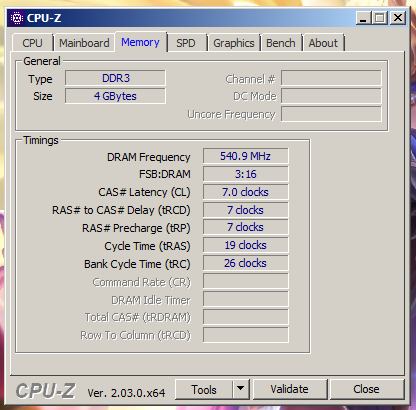
DDR3 SODIMM 1066MHz [Disk]
| Type: | Disks |
|---|---|
| Model: | DDR3 SODIMM 1066MHz [Disk] |
| Capacity: | 2GB |
| Interface: | DDR3 |
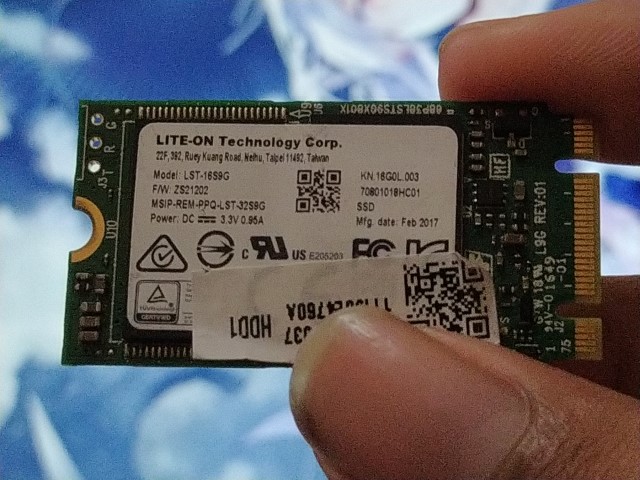
LITE-ON LST-16S9G 16GB
| Type: | Disks |
|---|---|
| Model: | LITE-ON LST-16S9G 16GB |
| Capacity: | 16GB |
| Interface: | SATA-III 6Gbps |
Specification Comparison Table
This specification comparison presents technical details of several devices or components to help you understand the key differences between each option. Use this table as a reference to determine which device best suits your needs.
| Specification | DDR3 SODIMM 1066MHz [Disk] | LITE-ON LST-16S9G 16GB |
|---|---|---|
| Brand | - | LITE-ON |
| Format | RAM Disk | SSD M.2 SATA 2242 |
| Capacity | 2GB | 16GB |
| Interface | DDR3 | SATA-III 6Gbps |
Submission Comparison Table
This submission comparison table displays the number and details of benchmark data submissions from various devices or components. This information helps you understand the performance based on the benchmarks that have been tested, as well as providing an overview of the consistency and popularity of the available benchmark results.
| No. | Benchmark Software | DDR3 SODIMM 1066MHz [Disk] | LITE-ON LST-16S9G 16GB |
|---|---|---|---|
| 1 | CrystalDiskMark |
Read: 746.24 MB/s Write: 828.18 MB/s |
Read: 280.45 MB/s Write: 45.40 MB/s |
Submission Comparison Chart
This chart visualizes the benchmark scores comparison between two hardware devices based on submitted data.
Media Gallery
A collection of photos of tested hardware. These images can help you identify the physical form, model, and variant of the hardware in question. These photos are from our own documentation, and if they are not available we may not be able to document them.
About Hardware DDR3 SODIMM 1066MHz [Disk]
DDR3 SODIMM 1066MHz is a third-generation memory module with a speed of 1066MHz that is commonly used in laptops and small devices. With the SODIMM form factor, these modules are often the standard choice for mobile computing systems, serving as the main memory for running operating systems, applications, and light to medium multitasking processes.
However, in this particular experiment, two 1066MHz DDR3 SODIMM modules from Micron and ADATA (2GB capacity each) were uniquely configured as a RAMDisk, a temporary storage space that uses RAM capacity to simulate a storage drive with much higher access speeds than SSDs or HDDs.
The 1066MHz DDR3 SODIMM-based RAMDisk test was conducted on an HP 1000 1b05au laptop device, powered by an AMD E1-1200 processor. The system is equipped with a 2x2GB DDR3 SODIMM 1600MHz RAM configuration, but due to processor architecture limitations, the memory only runs in single channel mode with an effective speed of 1066MHz. The operating system used is Windows 7, and to create and manage the RAMDisk, two popular applications, SoftPerfect RAMDisk and ImDisk Virtual Disk Driver, were used. The configured RAMDisk size was 2GB, utilizing some of the available RAM capacity.
Even though the device specifications are old and have limited memory bandwidth, the RAMDisk configured in this system was still able to show excellent performance in the read and write speed benchmarks. Based on tests using CrystalDiskMark, the read speed reached 746.24 MB/s, while the write speed touched 828.18 MB/s. In a follow-up test using ATTO Disk Benchmark with a 64MB block size, the read speed increased to 1020.00 MB/s, and the write speed reached 1080.00 MB/s. These results prove that even on older systems, RAMDisk configurations are still capable of delivering very high I/O performance, far surpassing conventional storage such as HDDs or even some SSDs.
Analysis
The results show that a 1066MHz DDR3-based RAMDisk is still capable of delivering data transfer speeds on par with entry-level NVMe SSDs, even outperforming many SATA SSDs and leaving conventional HDDs far behind. This makes RAMDisks an ideal solution for temporary use such as:
- Application caching,
- Temporary file storage,
- Fast computing with high I/O,
- Software or script testing without the risk of contaminating the main file system.
Although limited to a small capacity (2GB in this test), RAMDisk is still very useful for specific needs, especially for users with more than enough RAM or older devices that want to maximize their performance.
Test on:
Device: HP 1000 1b05au
Specs:
CPU: AMD E1-1200
OS: Windows 7
RAM: 2x2GB Single Channel 2 DIMM 1066MHz (Does not support dual channel due to limitations of the CPU, currently running single channel mode and 1066MHz)
Wednesday, 26 December 2012 14:27:32 | Update: 3 weeks ago
About Hardware LITE-ON LST-16S9G 16GB
The LITE-ON LST-16S9G 16GB M.2 SATA is a compact solid-state drive designed to meet the storage needs of devices with limited space, such as mini PCs, older laptops, or embedded systems. With an M.2 2242 form factor and a SATA III 6Gbps interface, this SSD delivers sufficient performance for basic needs, particularly as a boot drive or operating system medium. Despite its 16GB capacity, its internal components are of decent quality for an entry-level class.
This SSD uses the TOSHIBA TH58TEG7DDK8A4C NAND flash chip, known for its durability and stability, combined with SK hynix's DRAM cache (H5TQ1G63EFR) featuring 1GB DDR3 SDRAM specifications—a rare find in SSDs of its class. The use of the Silicon Motion SM2246EN controller adds further value, as it is widely recognized in the SSD world as a reliable and efficient controller for handling light to moderate read/write tasks. This combination makes the LITE-ON LST-16S9G sufficiently capable for tasks such as booting, running a lightweight OS, or storing system configurations.
Performance testing was conducted on a Lenovo IdeaPad Slim 3i 14ITL6 device with 12GB DDR4 dual-channel RAM and the Windows 11 22H2 operating system. The SSD was installed via an M.2 SATA-to-SATA adapter and connected via a USB 3.0 enclosure. Test results showed sequential read speeds of 280MB/s and write speeds of 45MB/s on the CrystalDiskMark benchmark, while AS SSD recorded read speeds of 279MB/s and write speeds of approximately 41.67MB/s. This performance is stable and consistent with the characteristics of a SATA SSD in the low-capacity class, although the write speed is relatively slow for large file transfers.
Despite its limitations, such as limited storage capacity and low write speeds, the LITE-ON LST-16S9G remains an attractive option for users needing a small SSD for specific purposes. It is suitable for use in lightweight operating systems like Linux, custom devices like routers or media players, and as an upgrade solution from an HDD in older systems that only require improved boot speeds and basic application responsiveness. With its generally affordable price and high-quality internal components, this SSD can be a cost-effective yet functional alternative in the world of digital storage.
Device Test (testbed) :
Adapter: M.2 SATA to SATA -> SATA to USB 3.0 (HDD Enclosure)
Device: Lenovo IdeaPad Slim 3i 14ITL6
CPU: i5-1135G7
RAM: 12GB DDR4 3200MHz Dual Channel (8+4)
OS: Windows 11 22H2
* I have tested this hardware in used condition, so its performance may have deteriorated.
Monday, 30 June 2025 20:45:05 | Update: 2 weeks ago

